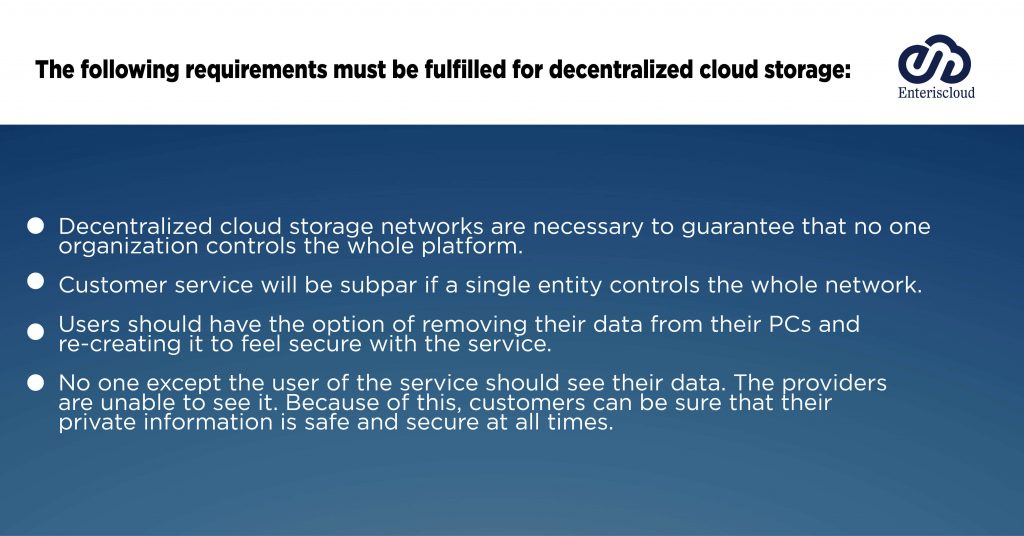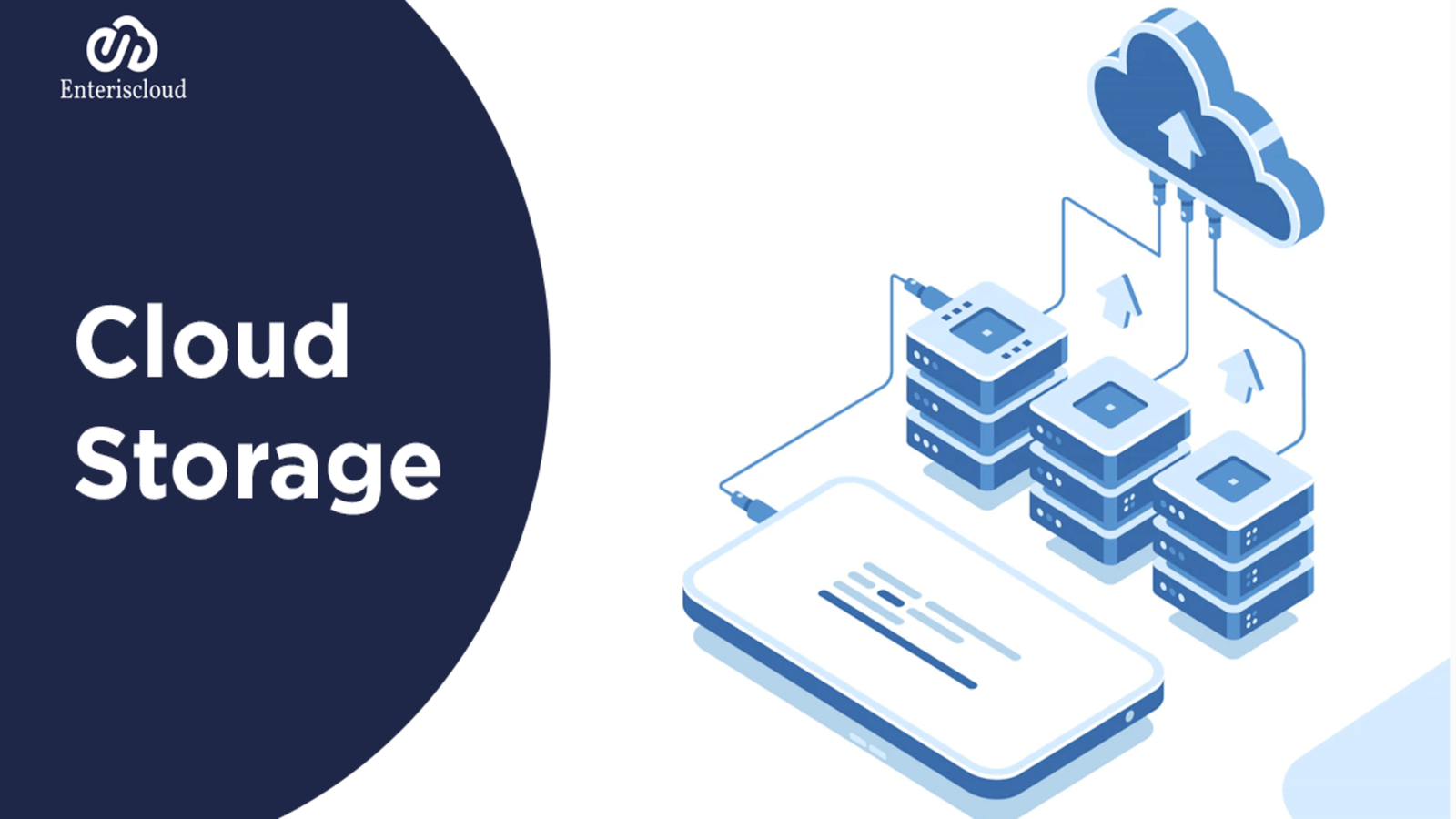There are tons of lifetime cloud storage services, but choosing the best out of all is a tough task. Below mentioned are some of the best cloud storage services.
pCloud:
Storage:
pCloud offers storage of up to 2TB.
Free storage:
Free storage offered by pCloud is 10GB.
Supported platforms:
pCloud supports the following platforms:
- Linux
- macOS
- Android
- Windows
- iOS
Pricing:
Pricing of pCloud depends on the version you avail or buy. The billing is primarily dependent on the number of users per cloud.
Versions:
The followings are the two versions of pCloud:
- Premium:
The Premium version of pCloud offers 500GB storage for $480.
- Premium Plus:
The Premium Plus plan of pCloud takes $980 for 2TB of storage.
Benefits:
- Privacy and security:
Zero-knowledge encryption:
The biggest perk of pCloud is zero-knowledge encryption. It has zero knowledge of the assets and files you store in the cloud. Only you and the people you will allow access will be authorized and authenticated.
Two-factor authentication:
Privacy invasion is the biggest issue resolved by pCloud, unlike other major companies, organizations, service providers, and platforms. It has different authentication methods to improve security and privacy.
- Efficient:
The following two features make it more efficient than other cloud storage providers:
Fast file sharing:
It has the best quick file-sharing, downloading, and uploading features.
Automatic sync:
Automated sync of the data from the server to the cloud is done.
- Convenience:
It is very convenient to use and easy to cope with. The following features make it more convenient:
- Collaboration tools are available
- Easy file sharing
- Integrated media players (audio and video players)
- Accessible on all devices
- Offers monthly plans too
- Compatible with Apple and Windows devices
- Backup is secure and reliable for both PC and MAC
- Very flexible and customizable file syncing
Pros:
Pros of the pCloud solution include the followings:
- Efficiency and more productivity
- Insurance of security and protection
- Encryption and access control
- For long term use
- Media player integration is available
Cons:
The cons of the pCloud solution are comparatively the least to other cloud storage solutions. It includes:
- Pricing
- Costly on demanding more encryption and security
- Document integration is available
Icedrive:
Storage:
It offers storage of up to 5TB.
Free storage:
Only 10GBs of storage is given for free.
Supported Platforms:

The followings are the compatible platforms for it:
- Linux
- macOS
- Android
- Windows
- iOS
Pricing:
Its pricing varies with the versions and selects the time of subscription payment as monthly, yearly, or lifetime.
Versions:
Versions for lifetime subscription are as followings:
- Lite:
150 GB of storage; 250GB monthly bandwidth for $99
- Pro:
1 TB of storage; 2TB monthly bandwidth for $229
- Pro+:
5 TB of storage; 8TB monthly bandwidth for $749
Benefits:
1. Economical and reasonable:
It is perfect and economical. The rate they charge for the provided services is affordable. If the user wants extra encryption, it does not cost an additional fee. The privacy of the customer is the highest priority of Icedrive.
2. Flexible and liberal features:
At the level of business and enterprises, very few companies and clouds offer the most generous part of returning money on not being satisfied by the services. If your organization is not satisfied, you can ask for your money back within the first two weeks or 14 days.
3. High security and protection:
If you visit the website and go to the encryption page, you’ll get the following options:
- Twofish Encryption
- Client-side Encryption
- Zero-Knowledge Encryption
These offered encryptions are more secure and preferable to 256 AES encryption.
Share timeout:
This feature allows users to fix the timeout duration of the files. It helps with ensuring the integrity and confidentiality of confidential files.
- Hard drive like working:
If you’re used to using a hard drive or USB interface, then the Icedrive will look and feel great integrated into your operating system. It is an excellent tool that will allow you to easily install and manage various files on a desktop or mobile device. It works seamlessly as if it’s part of the operating system.
Pros:
Icedrive has the following demonstrative advantages:
- Guarantees money-back
- Ensures security and protection
- Does not charge extra for client-side encryptions
- Very liberal with features
- Customizable time set of shared files
- Highly compatible with Windows, MAC, and other devices
- Hard drive like working
- Reasonable and affordable
- User-friendly user interface
- Private data encryption
- File sharing and syncing
Cons:
Icedrive works well, but the followings are some disadvantages you need to consider before going for it:
- The availability of collaboration tools is relatively less
- Block level syncing is not available
- Does not suit for workloads or productive tasks
- No customer support via chat for troubleshooting
The best option for cloud storage without paying a recurring subscription payment is pCloud, closely followed by Icedrive. If your organization has a low budget and wants to get the best cloud storage services, Icedrive is the best fit. pCloud is more flexible in syncing than Icedrive.
Maintaining your data remotely is no more a challenging task with EnterisCloud! Our heavily secured cloud storage solutions save your files online without interrupting your ongoing tasks and give you the flexibility to view/edit them from anywhere. It is time to save money by utilizing our online storage service which also promises to deliver an improved user experience. And, yes, it can be your backup storage – retrieving information in a data loss is easier with us!












